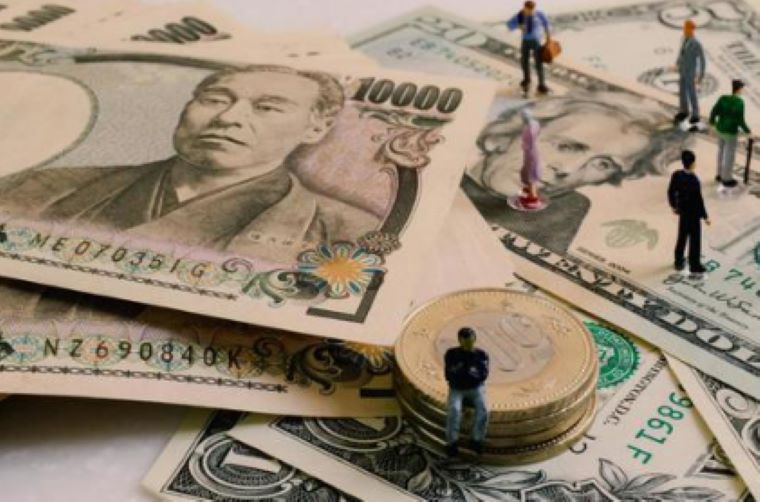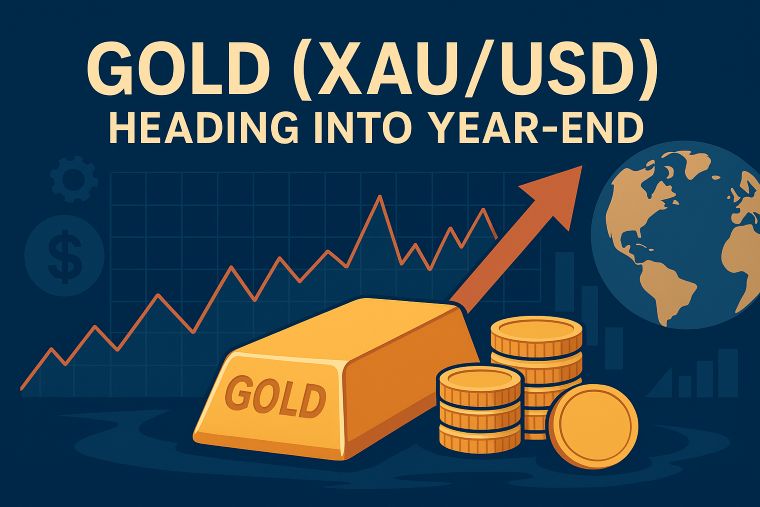3 min to read
The USDJPY pair experienced a temporary decline
leading to a weakened US dollar and a strengthened Japanese yen.

“The USD/JPY pair underwent a transient decline, leading to a depreciation of the US dollar and a strengthening of the Japanese yen, with the exchange rate reaching a low of 139.39 yen”
In today’s New York foreign exchange market, the prevailing trend revolved around selling pressure on the US dollar, causing the USD/JPY pair to descend into the 138 yen range. This downward movement was instigated by the release of the morning’s US initial jobless claims data, which indicated a softening labor market and subsequently resulted in a decrease in US Treasury yields. Consequently, selling pressure escalated, driving the USD/JPY pair to the 138 yen range. The reported surge in initial jobless claims, marking the highest level since October 2021, implies a potential correlation between announced company layoffs and actual job reductions.
During the afternoon session, the USD/JPY pair momentarily reversed its trajectory, resulting in a weakened US dollar and a bolstered Japanese yen, surging to 139.39 yen. This surge was spurred by a substantial upward movement in the Nikkei average following its initial ascent, which prompted a general upswing in the USD/JPY and JPY crosses.
Throughout the morning, the USD/JPY pair displayed an upward trend, starting from around 138.76 yen and gradually ascending even after surpassing the 139 yen threshold.
The preceding day witnessed an unforeseen interest rate hike by the Bank of Canada, triggering an upturn in Canadian bonds and US Treasury yields, consequently leading to a recovery in the USD/JPY pair, reaching the 140 yen range. While the Bank of Canada’s rate hike has raised expectations for the upcoming FOMC meeting, the probability of a rate hike remains around 30%, with the prevailing consensus leaning towards maintaining the current rates.
With regard to the impending FOMC meeting, it is anticipated that there is a significant likelihood of a temporary pause in rate hikes. Nevertheless, an upward revision of the economic outlook and interest rate projections by FOMC members may indicate the possibility of a rate hike in July.
The EUR/USD pair observed a surge in buybacks, propelling it back to the mid-1.07 dollar range. The 21-day moving average for today is nearing approximately 1.0770 dollars, representing a crucial level.
Regarding the euro, the most eagerly awaited event next week is the ECB (European Central Bank) Governing Council meeting. There are suggestions that the ECB may implement a rate hike without providing explicit guidance. It is expected that the ECB will raise rates by 0.25 percentage points at the upcoming meeting; however, there is a possibility that they may not offer a clear indication of future decisions while implying that policy rates are approaching their peak.
Nevertheless, it has been emphasized that the ECB is also signaling a resolute message that policy rates will remain within a more restrictive range for an extended period.
The GBP/USD pair gained strength due to buybacks, surging to the mid-1.25 dollar range. Today’s upward movement has enabled it to surpass the 21-day moving average, and market participants are now closely monitoring its performance in the coming days. Concerns have arisen that a rate hike by the Bank of England could have a negative impact on the economy, leading to suggestions of a potential decline in the pound. The recent appreciation of the pound reflects growing expectations of a rate hike by the Bank of England due to sustained inflationary pressures; however, it is believed that this trend will not be long-lasting.
Elevating interest rates are indicative of heightened economic risks linked to sluggish growth and potential economic downturns. This pattern was clearly demonstrated by the pound’s exchange rate in the previous year, highlighting how apprehensions regarding economic downturns can outweigh the positive effects stemming from short-term interest rate hikes.
Based on the assumption that UK economic indicators will display signs of strain in the third quarter, coupled with the expectation that US interest rates will remain elevated for a prolonged duration, bolstering the US dollar, there exists a possibility for the GBP/USD pair to decline to 1.22 dollars within the upcoming three-month period.
Visit XM Official Website.

